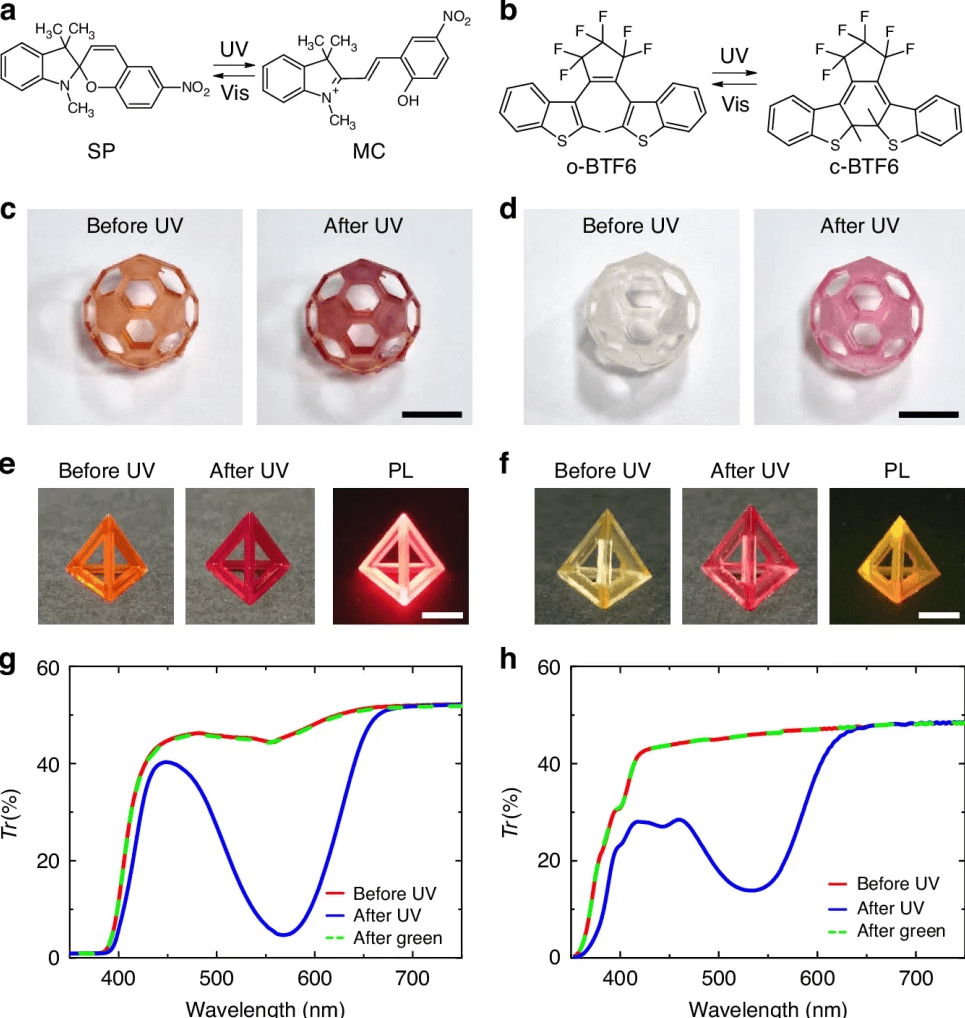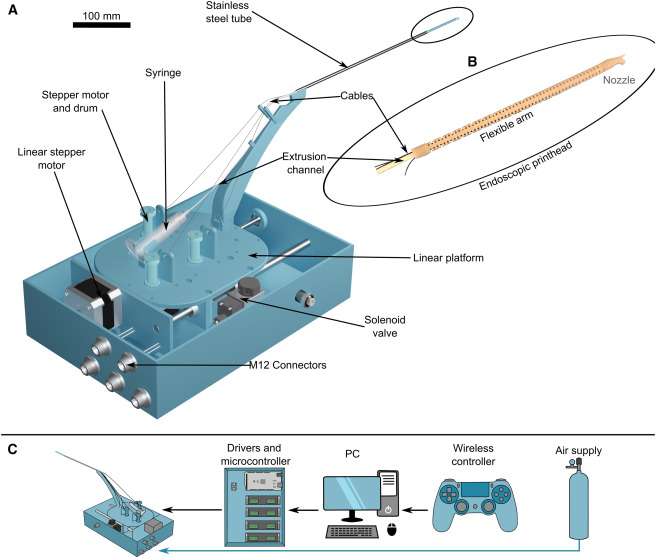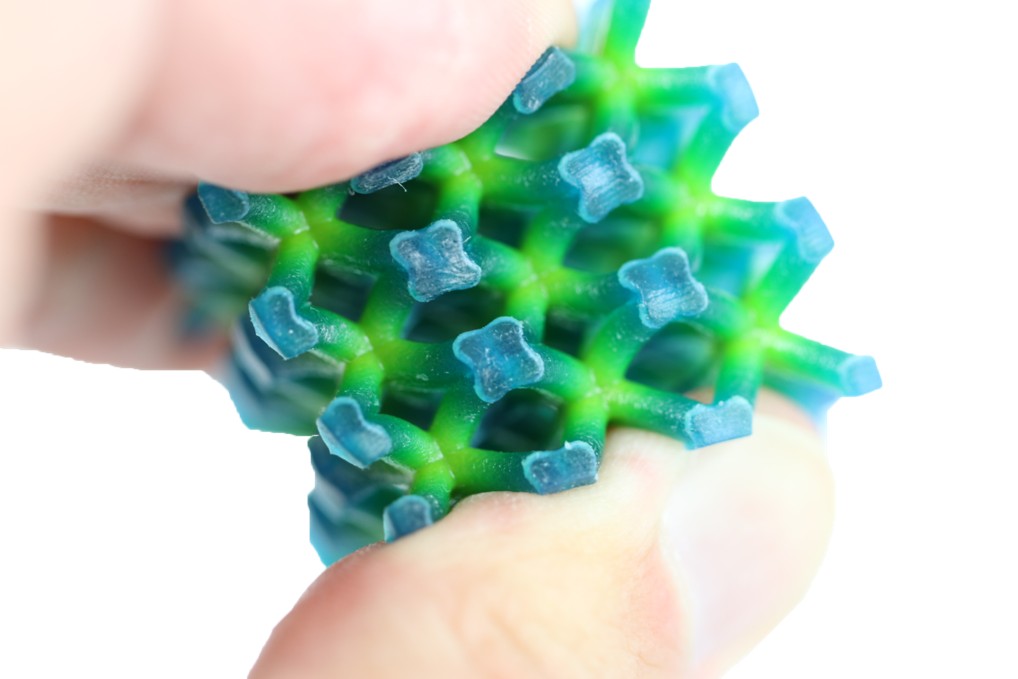
Date:2025-02-06 10:54:34
Engineers at Johns Hopkins University, including Jochen Mueller and Sarah Propst, have introduced a new 3D printing language known as Time Code (T-Code) that enhances speed, precision, and material versatility for complex prints. The breakthrough separates standard G-Code commands into two coordinated tracks – one for print path instructions and another for essential printhead functions. This parallelized approach, facilitated by a Python script, eliminates the frequent pauses that typically slow down prints and generate unwanted defects.
T-Code’s structure allows the printer to synchronize motion with sophisticated capabilities, such as implementing smoothly controlled color gradients and on-the-fly material switching. By removing starts and stops normally required for each new command, T-Code not only saves time but also expands the scope of what can be produced. The Johns Hopkins University researchers see broad potential for fabricating high-performance parts in biomedical, optical, mechanical, and electronic fields – from wearable electronics to customized prosthetics.
Beyond accelerating print speeds and reducing defects, T-Code opens up new avenues for functional gradients, where properties like filament diameter and composition can be altered dynamically along the print path. This capability enables designers to optimize mechanical performance – such as stiffness, strength, or energy absorption – in a single print, without requiring multiple runs or complicated post-processing. By allowing changes to be scheduled precisely in time rather than space, the resulting parts can display advanced features like graded infills or seamless color transitions.
Researchers introduce new 'T-Code' 3D printing language - separating standard G-Code commands into two coordinated tracks.
The researchers also highlight the scalability of T-Code for mass customization. Because printhead controls no longer need to halt motion for every switch or command, multiple printheads can operate in parallel – each executing its own tasks in lockstep. This parallelization can significantly cut down overall production time, particularly when fabricating large batches of components or single prints with multiple zones that require different material properties. Such synchronization even allows for the simultaneous creation of disparate geometries, making it feasible to produce highly customized products in a single automated cycle.
T-Code was designed to be largely hardware-agnostic, meaning it can be integrated into existing 3D printers with minimal modification. By leaving the core motion planning intact and only adding a Python script for auxiliary commands, T-Code can be adapted to a range of materials – from thermoplastics in consumer-grade machines to specialized inks in high-end industrial setups. The team believes this flexibility will lower barriers for researchers and manufacturers alike, fostering wider adoption and fueling further innovation in multifunctional 3D printing.





